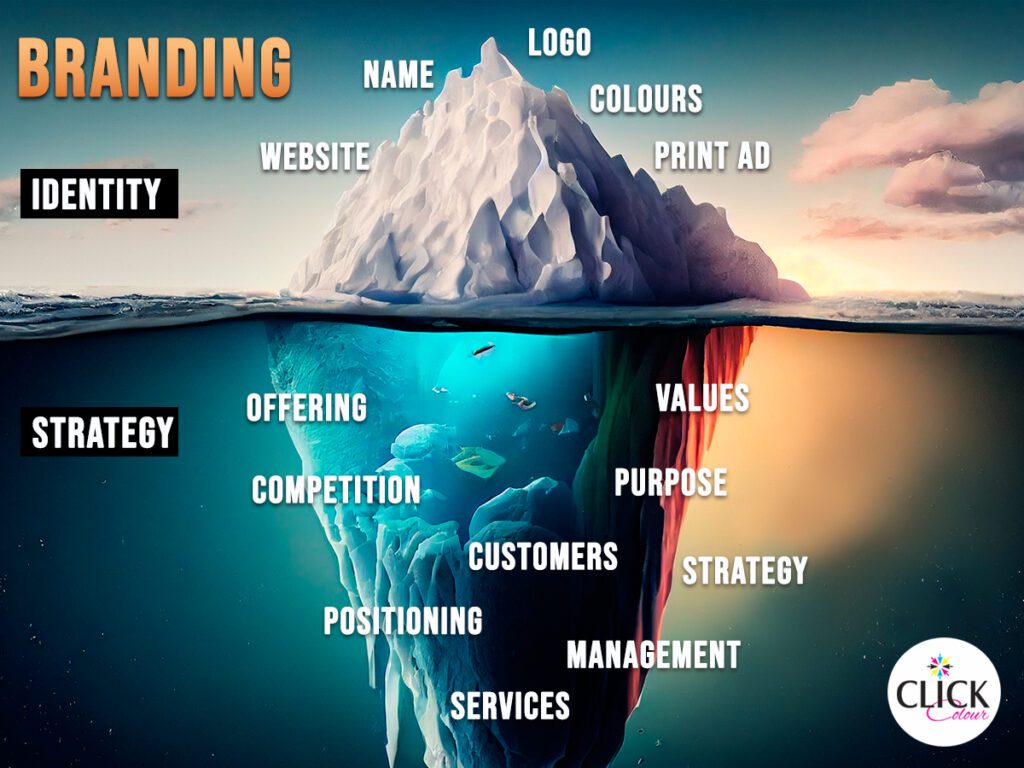In the dynamic world of e-commerce, staying competitive is a constant challenge. As small and medium-sized businesses (SMBs) navigate this ever-evolving landscape, it’s essential to keep up with the latest trends to remain relevant and grow. In this blog post, we will explore the most current e-commerce trends and discuss how SMBs can leverage them to stay competitive in the digital age.
Mobile Commerce (M-commerce) Takes Center Stage. As smartphones continue to dominate our lives, M-commerce is more critical than ever. Ensure that your e-commerce website is mobile-responsive and user-friendly. Invest in mobile apps if possible to streamline the shopping experience for your customers on the go.
Voice Commerce Is on the Rise. With the proliferation of voice-activated devices like Amazon Echo and Google Home, voice commerce is gaining traction. SMBs can optimize their online stores for voice search by using natural language keywords and providing concise, informative answers to common voice queries.
AI and Chatbots for Customer Service. Artificial Intelligence (AI) and chatbots are revolutionizing customer service in e-commerce. They can provide instant support, answer frequently asked questions, and even assist in personalizing recommendations based on customer behaviour.
Personalization and Customer Data Utilization. Utilize customer data to create personalized shopping experiences. AI algorithms can analyze customer behaviour and recommend products tailored to individual preferences, enhancing customer satisfaction and increasing sales.
Sustainable and Eco-Friendly Practices. Consumers are increasingly conscious of environmental issues. Embrace sustainability by offering eco-friendly products, reducing packaging waste, and adopting greener shipping practices. Communicate your commitment to sustainability to attract eco-conscious customers.
Augmented Reality (AR) and Virtual Reality (VR). AR and VR technologies are becoming more accessible. SMBs can use AR to enable customers to try products virtually before purchasing, providing a unique and engaging shopping experience.
Social Commerce Integration. Leverage the power of social media by integrating shopping features directly into platforms like Instagram and Facebook. This allows customers to discover and purchase products without leaving their favourite social apps.
Subscription Models. Subscription-based e-commerce models are booming. Consider offering subscription options for your products or services to create a stable and predictable revenue stream.
Cross-border E-commerce. Expanding your market internationally has never been easier. Explore opportunities to sell your products or services globally, taking advantage of the growing trend in cross-border e-commerce.
Cybersecurity and Data Protection. With the increasing volume of online transactions, cybersecurity is paramount. Invest in robust security measures to protect your customers’ data and build trust.
Collaboration with Influencers. Partnering with influencers can help you reach a broader audience and build credibility. Identify influencers relevant to your niche and engage them to promote your products or services.
Omnichannel Experience. Offer a seamless shopping experience across various channels, including online and offline. Allow customers to buy online, pick up in-store, or return items through different channels for added convenience.
In conclusion, staying competitive in the digital age requires SMBs to not only be aware of these e-commerce trends but also to adapt and implement them effectively. Embrace innovation, prioritize customer experience, and continuously evolve your e-commerce strategy to meet the ever-changing demands of today’s digital consumers. By doing so, you can not only stay competitive but also position your business for sustained growth in the exciting world of e-commerce.





